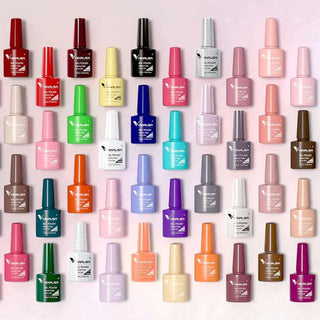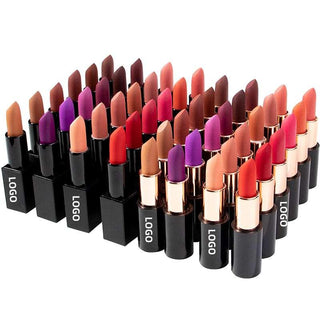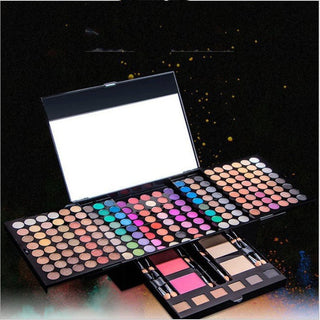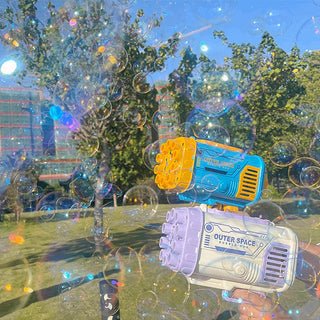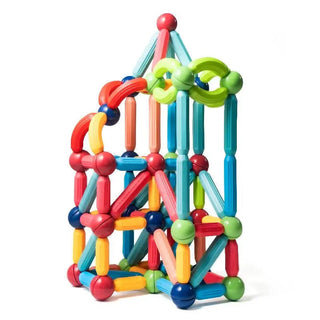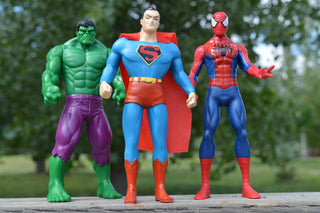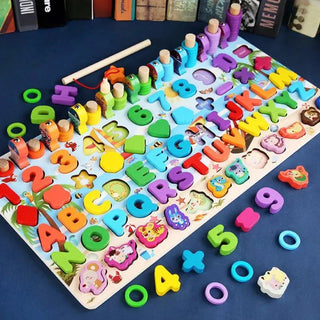As a beautiful form of self-expression and creativity, nail art has evolved significantly over the ages, reflecting cultural trends, societal norms, and personal style. This fascinating journey showcases how nails became a canvas for artistic expression. Join us as we delve into the history of nail art, tracing its evolution from ancient civilizations to the modern day.
The Ancient Beginnings of Nail Art
The origins of nail art can be traced back over 5,000 years to ancient civilizations such as Egypt and China. These societies revered nail embellishment as a symbol of wealth, status, and beauty.
Nail Art in Ancient Egypt
In ancient Egypt, both men and women adorned their nails with henna, a natural dye extracted from the leaves of the henna plant. The rich colors of henna were applied to the nails, but more importantly, to the tips of their fingers. This practice was not just for decoration; it was also believed to confer protection against evil spirits. Royalty, especially, showcased elaborate nail designs to signify their status. The famous Cleopatra was known to color her nails with a mixture of crushed insects and other dyes, showcasing vibrant designs that were as unique as they were beautiful.
Nail Art in Ancient China
Meanwhile, in ancient China, nail art dates back to the Shang dynasty (1600 B.C. – 1046 B.C.). The elite used to wear long, gold-tipped nails as a status symbol, indicating that they were high-ranking and didn't engage in manual labor. Different colors were also used to signify social class, with red and black being particularly popular. In the Ming dynasty, nails were often painted with intricate designs, sometimes adorned with gemstones, further enhancing the luxurious aesthetic of the time.
The Renaissance to the 19th Century: Nail Care and Fashion
Fast forward to the Renaissance and the 19th century, where nail art began to take a new form. The focus shifted from just color to care and technique, with the rise of personal grooming and beauty practices.
Nail Care in the Renaissance
During the Renaissance, social norms began to shift, and personal care became more important. The concept of nail care emerged, and individuals started using tools to shape and clean their nails. The introduction of nail files and buffers allowed people to maintain their nail health, laying the foundation for the future of nail art.
The 19th Century: The Rise of Nail Polish
The late 19th century brought about the invention of the first commercial nail polish, thanks to the innovation of nail lacquers similar to car paint. This marked a turning point for nail art, as color options became more varied and accessible. With the formulation of base and top coats, individuals could not only color their nails but also protect them. The development of nail polish reflected the growing trend of individuality and self-expression in fashion.
The 20th Century: The Explosion of Nail Art Trends
The 20th century was a pivotal time for nail art, experiencing a thrilling transformation that introduced sophisticated techniques and styles that we know today.
The 1920s: Flappers and the Bold Look
The roaring twenties introduced a new level of freedom and expression, particularly for women. Flappers embraced vibrant nail colors, and the iconic red nail polish took center stage. This bold look was symbolic of rebellion against traditional norms. The advertisement of nail polish in various media popularized the trend even further, making it a staple in every woman's makeup bag.
The 1960s and 70s: The Psychedelic Era
With the rise of counterculture movements during the 1960s and 70s, nail art took on a spectacular psychedelic flair. Tie-dye patterns, bright colors, and eccentric designs were the norm, reflecting the artistic innovations of the time. Nail salons began to emerge as popular establishments, providing customized nail art to a burgeoning customer base that craved self-expression through their nails.
The 1980s: Nail Art Becomes a Fashion Statement
In the 1980s, as pop culture continued to influence beauty trends, nails became an essential part of fashion statements. Influential figures such as Madonna sported extravagant nail designs that included glitter, rhinestones, and even 3D embellishments. Nail art kits became widely available, making it easy for individuals to experiment with designs at home. The electrifying fashion of the time allowed people to express their identities through their nails, making bold statements.
The 21st Century: Nail Art Goes Mainstream
As we entered the new millennium, nail art became more mainstream than ever before. Social media played a pivotal role in popularizing intricate designs, transforming nail art from a niche hobby into a global phenomenon.
The Impact of Social Media
Platforms like Instagram and Pinterest have revolutionized the way nail art is perceived and created. Nail artists have garnered massive followings, sharing nail art tutorials, trends, and designs with millions of followers. Hashtags like #NailArt and #NailInspo have made it easy for enthusiasts to discover new styles and techniques. The creativity showcased online has led to an explosion of nail art trends, from minimalist designs to extravagant, themed looks.
Nail Art Technology: The Rise of Gel and 3D Printing
The advancement of technology has significantly changed the landscape of nail art. Gel nail polish, for instance, revolutionized how nails are painted. Unlike traditional nail polish, gel nails are cured using UV lights, providing a long-lasting, chip-resistant finish. The arrival of 3D printing technology has introduced endless possibilities for nail art, allowing intricate designs and nail embellishments to be created with precision. Artists can now push the bounds of creativity, leading to remarkable nail art that was once unimaginable.
Inspirations and Modern Styles
Today, nail art is an art form that allows individuals to express their creativity, personality, and style. Here are a few notable styles that have emerged in recent years:
Minimalist Nail Art
- Negative Space: This style utilizes ordinary nail color with the absence of direct designs, creating a chic and modern look.
- Simple Lines and Dots: Straight lines and dots in varying colors reflect the clean and minimalistic trend that has taken over fashion as a whole.
Bold and Colorful Nail Art
- Ombre Nails: Combining two or more colors that fade into one another, creating an eye-catching gradient effect.
- Geometric Patterns: Sharp lines and angular shapes bring out a dynamic vibe that’s perfect for those looking to make a statement.
Themed Nail Art
- Seasonal Designs: Holidays and seasons inspire decorative designs, such as snowflakes for winter or floral patterns in spring.
- Pop Culture References: Characters from movies, books, or music can be represented on nails, allowing enthusiasts to showcase their interests.
Final Thoughts: The Ever-Evolving Canvas
The journey of nail art through the ages illustrates not only the art of beauty but the evolution of personal expression. From ancient times to contemporary society, nails have served as a canvas for creativity, telling stories that resonate across cultures and generations. As we continue to innovate and blend styles, the future of nail art is boundless, with possibilities that reflect our ever-changing world. So, whether you prefer a simple, elegant look or an eye-catching, extravagant design, there’s a place for you in this vibrant art form. Embrace the journey, and let your nails tell your story!


